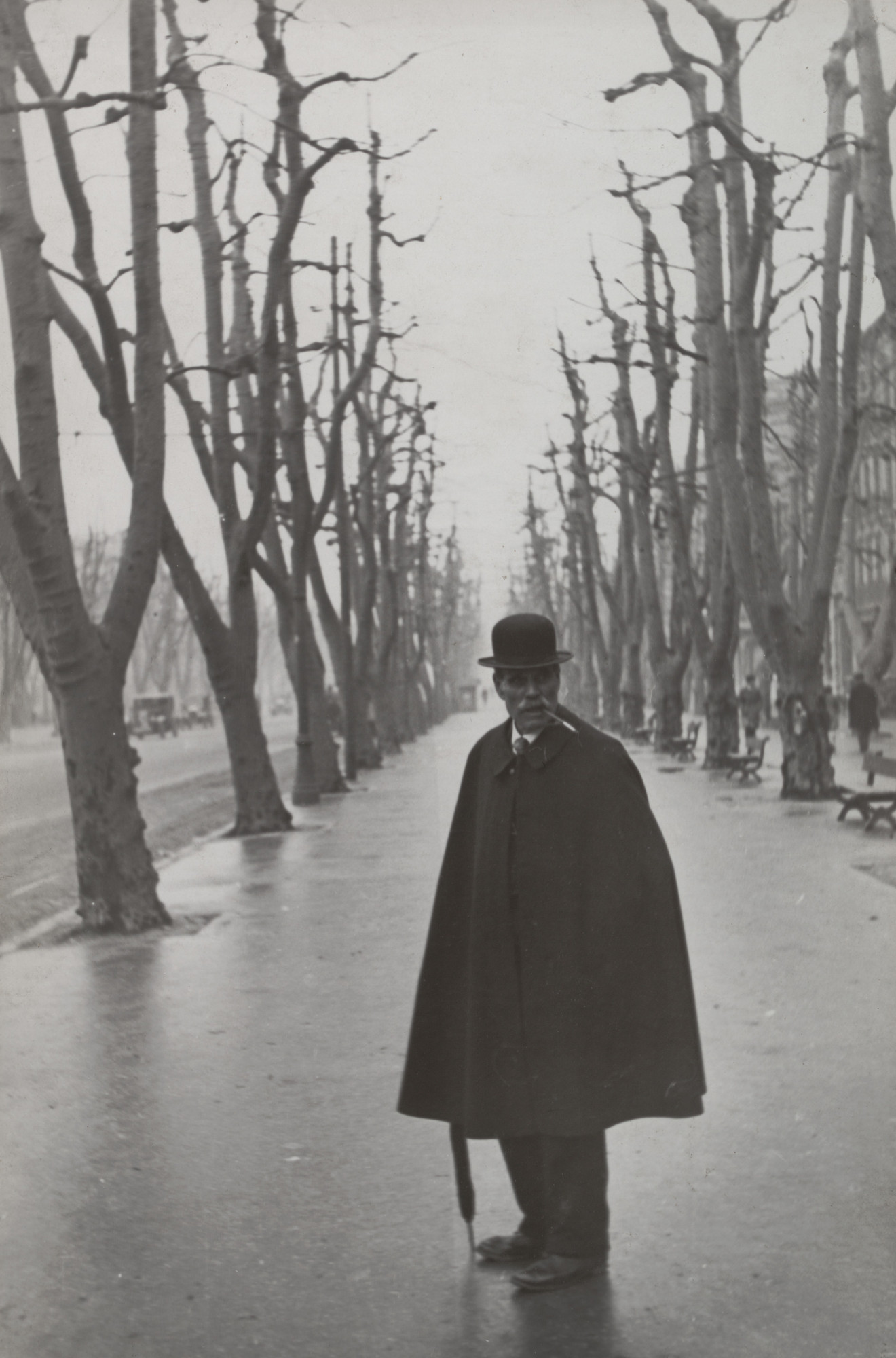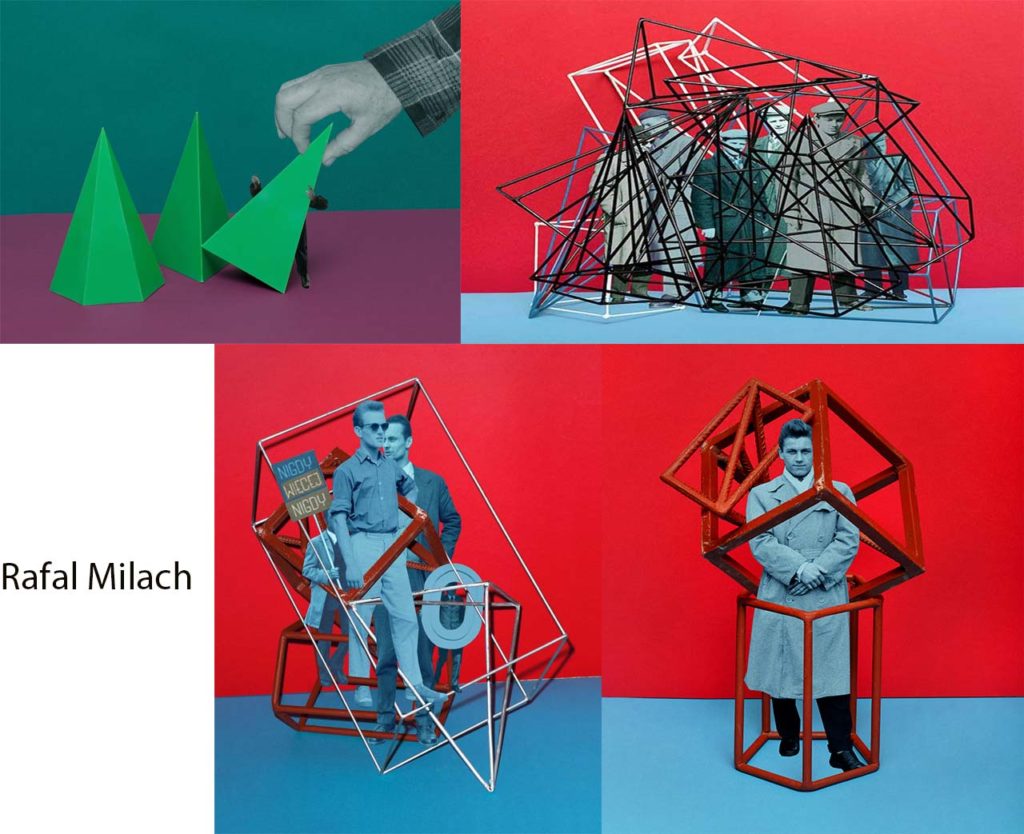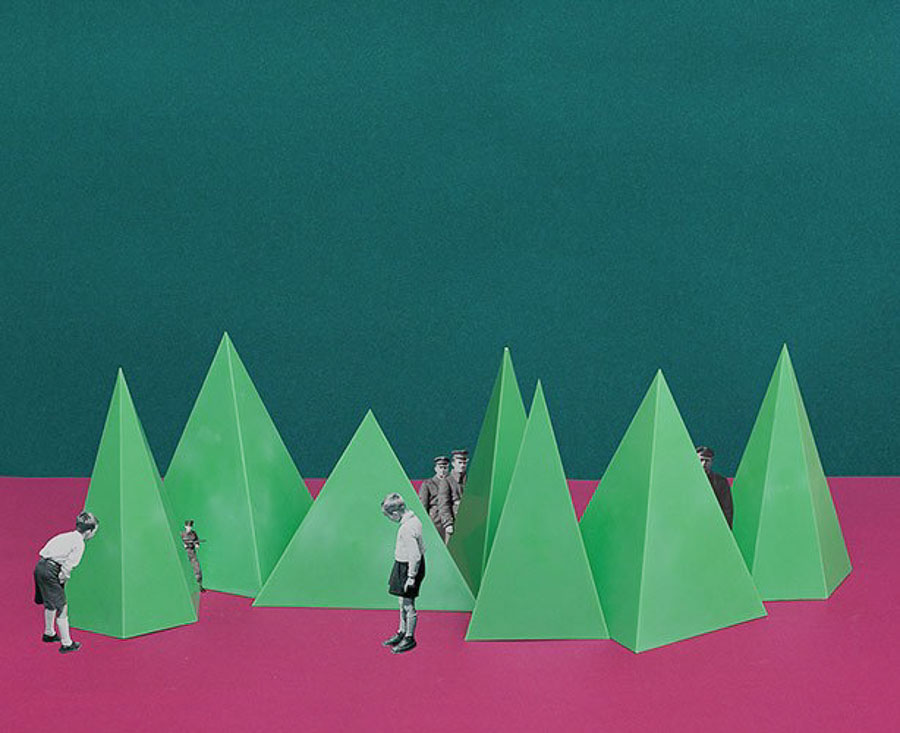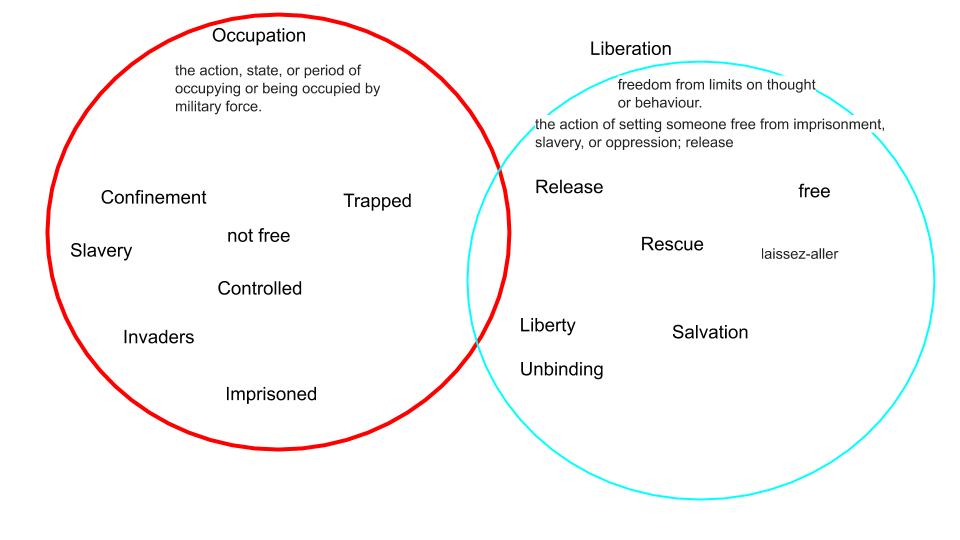
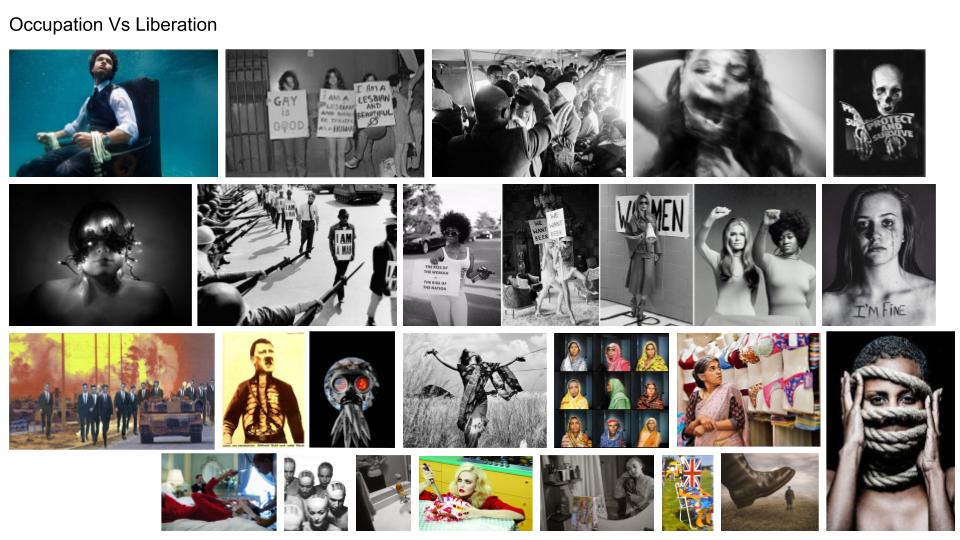
I’ve decided to focus my personal project of Socio-political ideas.
Possible Photographers
Peter Kennard

Kennard’s images focus on politics and the environment. He uses his work to criticise the Britsh government and other countries along with criticises armaments.
Sheila Pree Bright

Bright focuses on unrealistic body and beauty expectations specifically the unrealistic and lack of representation of Africa American women in dolls. She uses editing to combine images of dolls and real images to highlight the obvious unrealisticness of the doll and to show how unrealistic the proportions of the dolls are.
Laurie Simmons

Simmons uses her photography to comment on the patriarchy and the role of women in the eyes of society. The specific image above was taken in the ’70s during the second wave feminist movements.
Which Photographers should I take inspiration from and analyse in my essay?
I’ve decided I’m going to look at Bright and Simmons rather than Kennard because they have similar feminist messages that they try to convey through their work. Also, the ways that they try to convey their message is similar in the way that they set up dolls and take images. However, Simmons sets up a whole dollhouse setting with a narrative whereas bright using her editing more to convey her message. If I combine both ways I should have an eclectic mix of images with a lot of variety.








